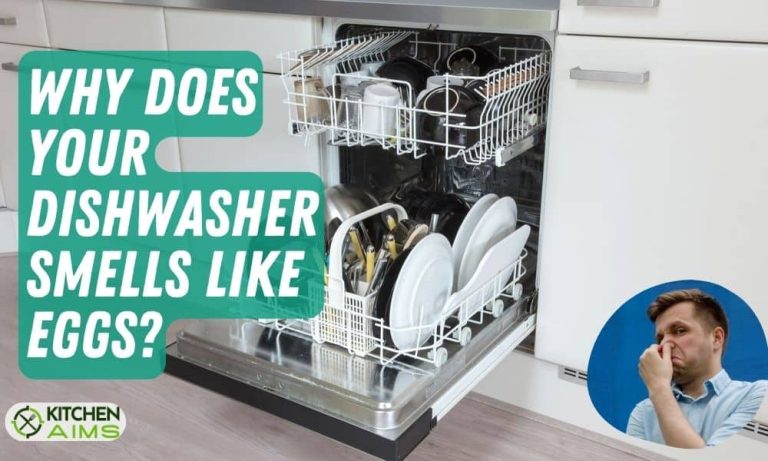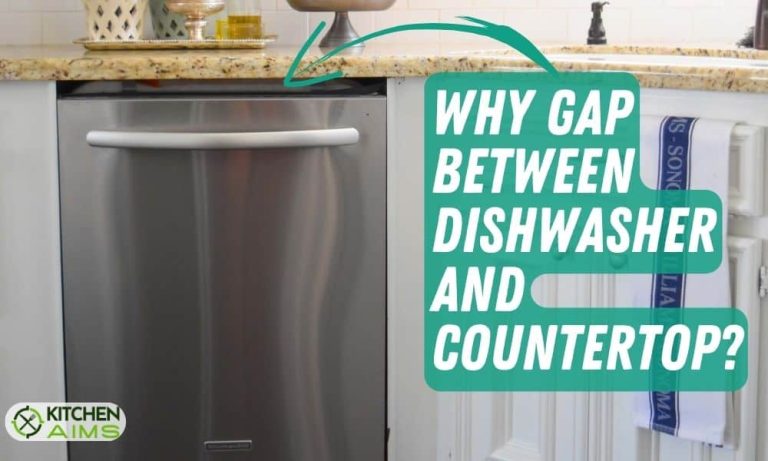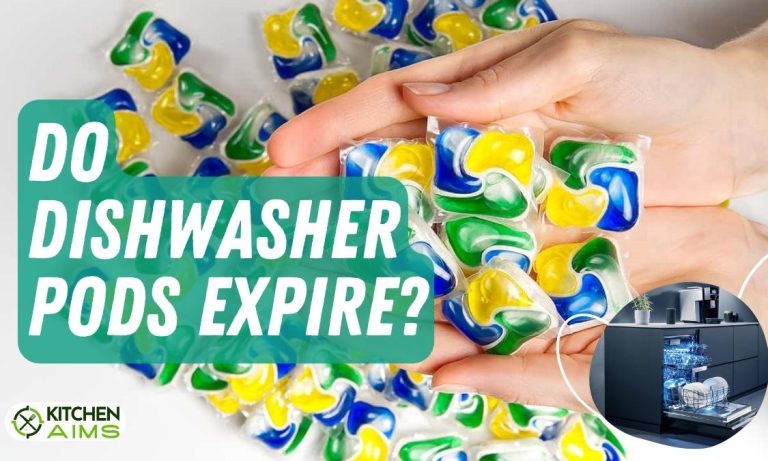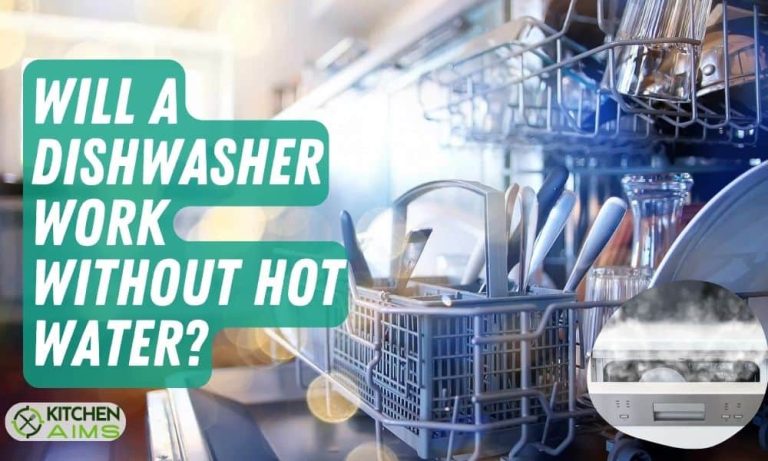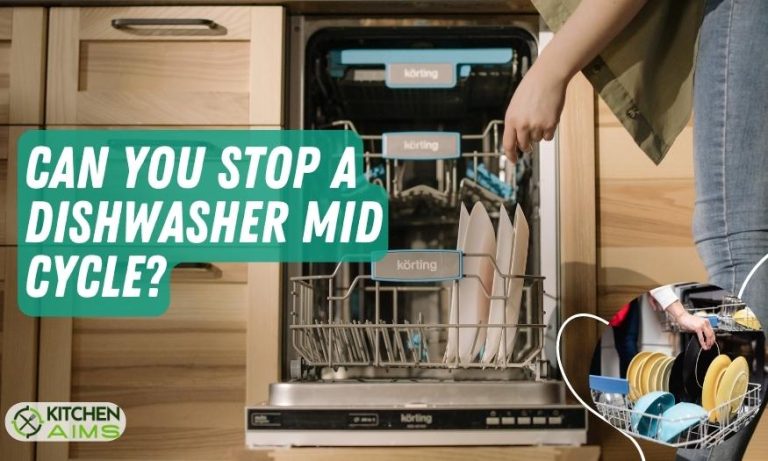Can You Use Drano In A Dishwasher? – How to Unclog Dishwasher
Drano is among the best ideas to clean the clogged pipes in your homes. It is designed for blocked baths, showers, kitchen sinks, and bathroom drains. Although Drano is the best idea to remove the blockage from the clogged pipes and sinks, it can be harmful to use in so many household appliances. Can you use Drano in a dishwasher? The answer is a big No!
The dishwasher’s water flow-maintaining pump can become clogged for a variety of reasons. When you will use the Drano in the blocked drain of the dishwasher, it can block the dishwasher permanently because it contains some harsh chemicals that can be harmful.
What are the effects of using Drano in your dishwasher and why it is not good for dishwashers? Let’s find the answer below.
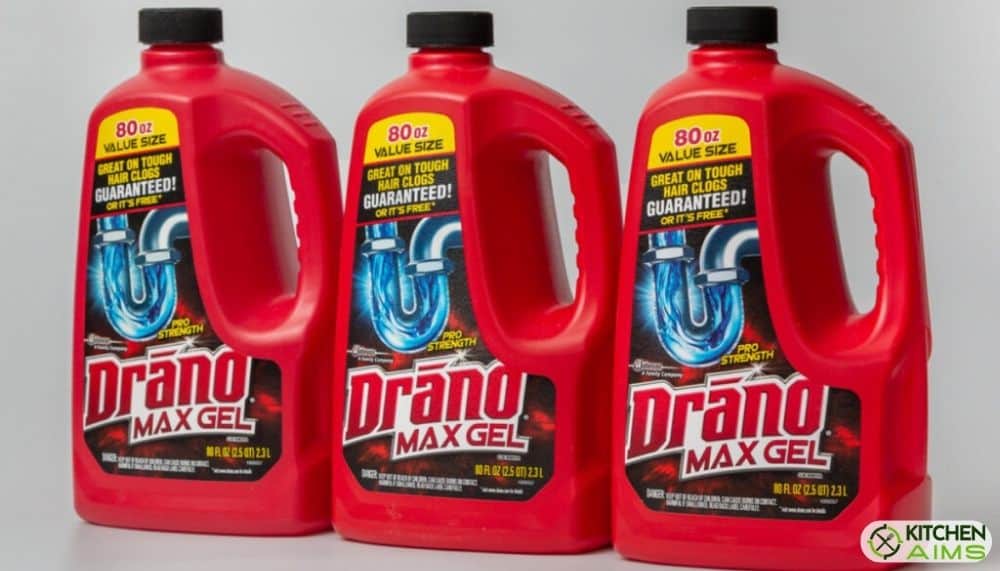
Contents
What is Drano and how does it work?
Sodium hydroxide is the active component of Drano. Besides that, it also includes water, salts, bleach, and aluminum. When you will pour down the Drano in the pipe, a chemical change will occur. The dissolution or disintegration of organic materials by sodium hydroxide causes the first reaction.
Second, exothermic reactions take place when sodium hydroxide and aluminum are combined. A process that emits heat into the surroundings is known as an exothermic reaction. By further removing the blockage, this heat accelerates the degradation of the organic materials.
When the heat will be applied to the blockage, it will be easier to remove and also more quickly. The grease and sodium hydroxide then combine to create a soapy material. This soapy material breaks down the blockage material and makes it simple for hot water to discharge it through the drain.
Based on how severe the blockage is, the entire process can take around 15 to 30 minutes.
Can I put Drano in a Dishwasher?
Drano is a well-liked solution that helps clear the pipes and drainage in your home with unwanted garbage. It is not intended for use on every item or appliance with a drain, particularly those that are composed of plastic. This is because Drano has a variety of harmful components that can melt plastic and create hazardous effects.
But to understand why it’s dangerous to use Drano in a dishwasher, you must be aware of the ingredients that are used in the Drano. Let’s talk about it.
Ingredients of Drano
There are various kinds of products used in Drano manufacturing. These can be liquids that can be poured or in foamy solutions. But some common elements can be found in all types of Drano. Below are some kinds of elements that are similar in all:
- Bleach
- Sodium hydroxide
- Aluminum
Putting Drano in your pipes will result in a heat-producing action. This chemical combination can produce heat that is sufficiently hot to melt plastic products, dishwasher pumps, and PVC piping lines. This process is so powerful that it is even used in explosion production operations and can cause a fire in the dishwasher. That is the reason; it is forbidden to use Drano in dishwashers.
What are the Effects of using Drano in a Dishwasher?
As I have described above, Drano is commonly used to clear drains, but it should not be used to clear a dishwasher. Drano will destroy the warranty on a dishwasher. This is due to the Drano’s chemicals’ potential to harm the plastic parts and rubber sealing of the dishwasher.
Most dishwashers have plastic or rubber components inside. It has many rubber seals that are carefully placed to prevent water leaks. Sadly, Drano will rapidly corrode these plastic components and rubber sealing.
The issue will get worse if there is a defective draining pump that prevents the dishwasher from draining water after the washing cycle. Because of this, using Drano in a dishwasher is going to make the obstruction more severe rather than flushing it out.
In the initial washing process of the dishwasher, using Drano will damage the rubber seals. This will cause the dishwasher to waste water.
The corrosive chemicals in Drano can destroy all the inside plastic parts of the machine. It includes the sprayers, which will further restrict its functionality. In this way, Drano in a dishwasher will rapidly and severely damage the machine.
Why my dishwasher gets Clogged?
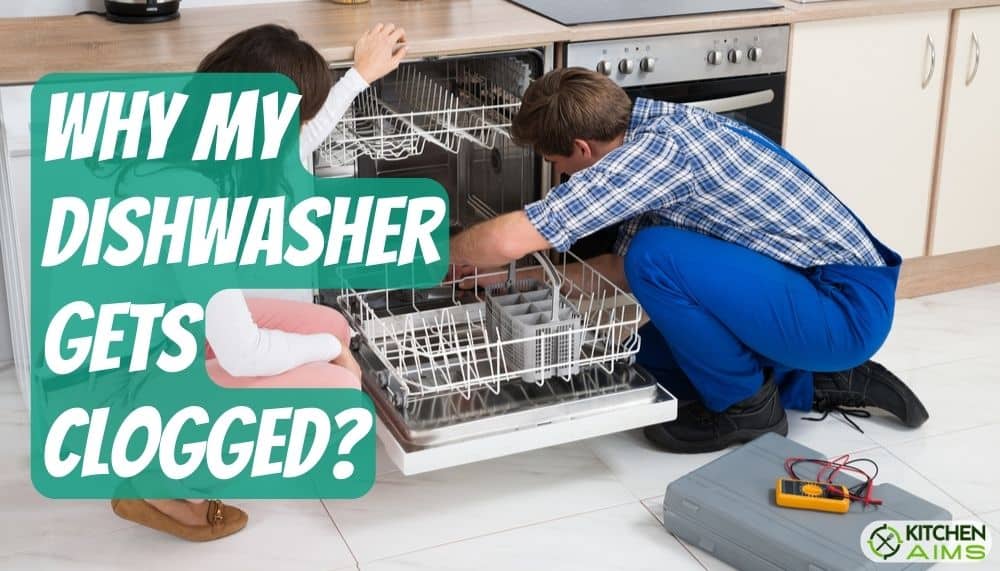
If your dishwasher isn’t draining properly, you might be compelled to use Drano in it. But before taking such extreme measures, it’s important to take into account the causes of your dishwasher’s drainage issue.
Below are some common reasons why your dishwasher gets clogged. Let’s have a look at the reasons.
- When Food gets clogged in the Filter Basket
The filter rack is made to collect food leftovers that fall off dishes. It will prevent them to end up in the drainage. Water will have to cross thru the filter basket if there is enough foodstuff stuck inside of it. The filter basket can be taken out, cleaned of any food residue, and then soaked in vinegar to dissolve any grease or oils.
- Blocked Drain Pipe
Dishwasher water is directed through a pipe and into a sewer pipe or garbage disposal under the wash basin when it discharges. It is feasible that water will back up into the dishwashing unit if a blockage develops due to food debris and soap buildup.
- A plastic plug in the garbage disposal
Have you just replaced your trash disposal and noticed that the dishwasher was not emptying correctly? Then a plastic clog may be left inside the garbage. This common issue can be easily fixed.
- Blocked Sewer Line
The actual issue with blocked drainage might be located along the sewer system. Your home’s sewage is transferred through this line to the sewage system. Sewer lines can collapse if they are old and constructed of outdated elements, become obstructed by tree roots, and become filled with home trash.
You can have a problem with your drainage system if you also have a backed-up dishwasher and slow drainage or improperly flushing toilets.
What is the best alternative to Drano?
Manually unclogging a drain pipe only requires removing it from the basin or waste disposal tailstock. After that, you will have to drop it into a container, and use a piece of wire or something like that to check within the line.
Of course, chemicals are simpler to use, so if you prefer them, you must combine vinegar and baking powder instead. By removing the filters, you can see the dishwasher’s bottom drainage. After that, you can add 1 cup of baking soda and 1 cup of vinegar.
The mixture creates carbon dioxide bubbles. It can control odor effectively as well as lightens oils and other residues. After about 30 minutes of continued fizzing, you can throw 2 or 3 cups of hot water down the sink and start the dishwasher’s washing cycle.
In this way, you can effectively clear the blocked drainage of the dishwasher without harming its parts.
FAQs
Conclusion
I have explained all the facts and figures about whether can you use Drano in a dishwasher. This is because Drano is a de-clogging solution that is created utilizing several chemicals that can be hazardous, such as sodium hydroxide. So, it is not suggested to use Drano in your dishwasher pipe as it can damage the plastic parts and ruin your dishwasher permanently.
Instead of Drano, you can use any homemade remedy such as a mixture of vinegar and baking soda. It is the best choice that can safely clear your blocked drainage of the dishwasher.
Don’t feel shy to share your feedback!

Mery Webber
Mery Webber, the founder of Kitchen Aims, is a passionate home cook with extensive experience in the kitchen appliance industry. Through her blog, she aims to share her knowledge and help readers create the perfect kitchen.

